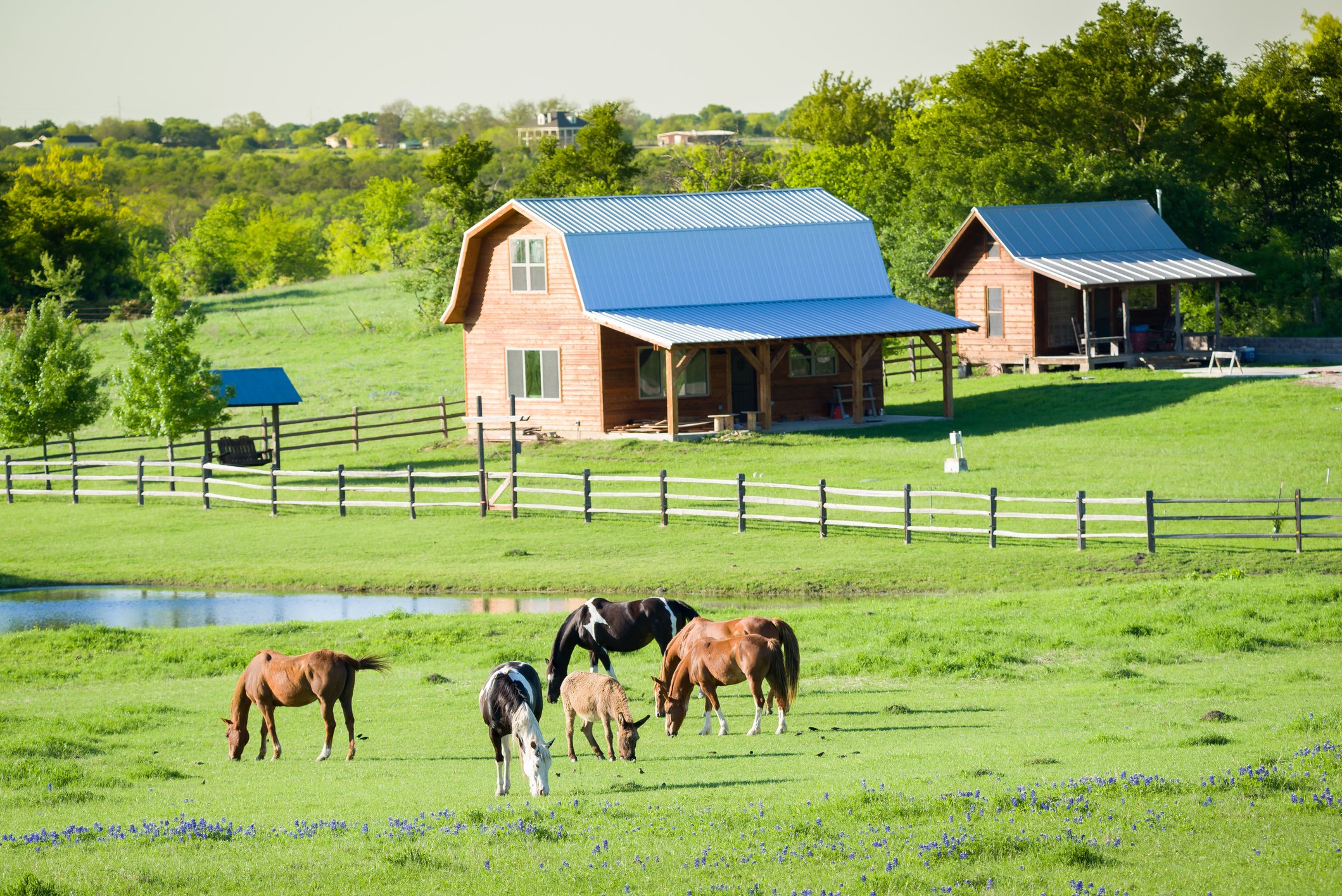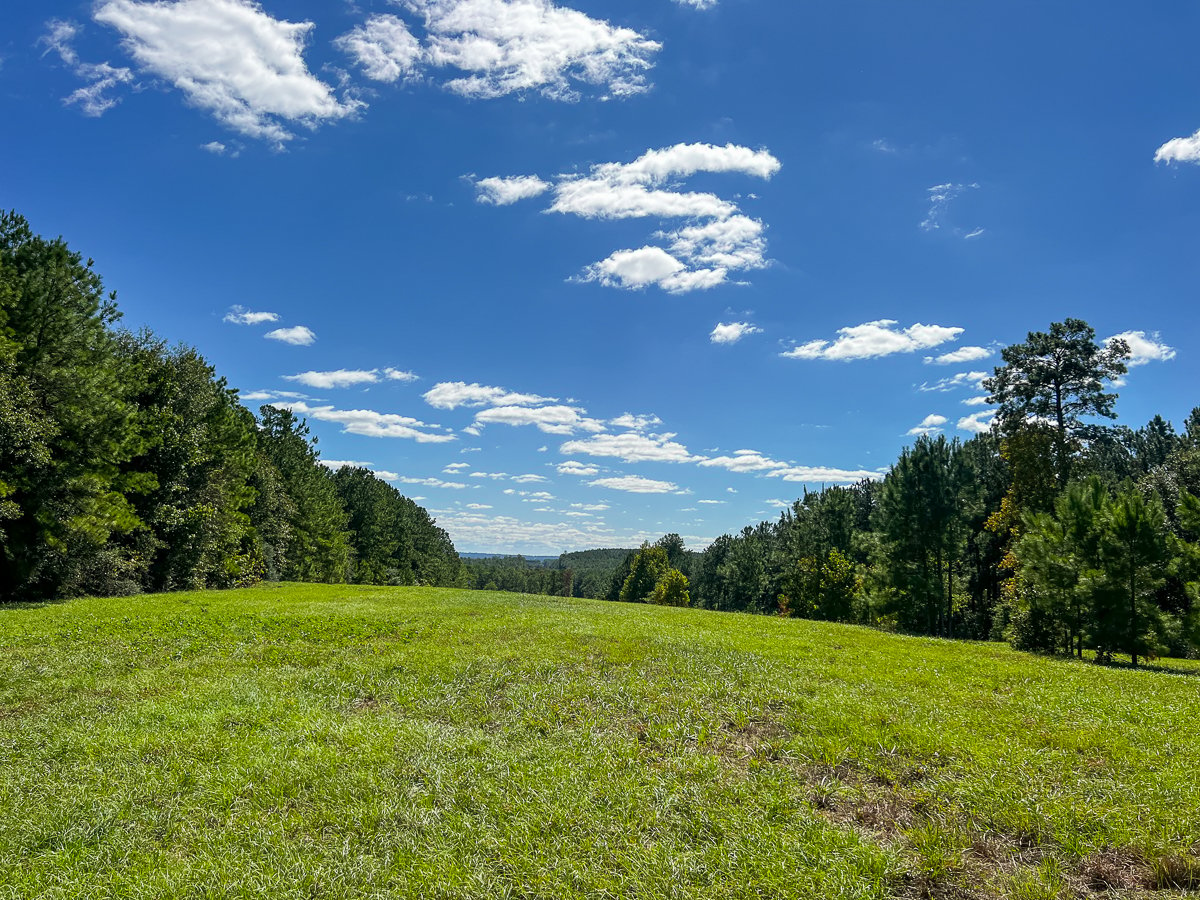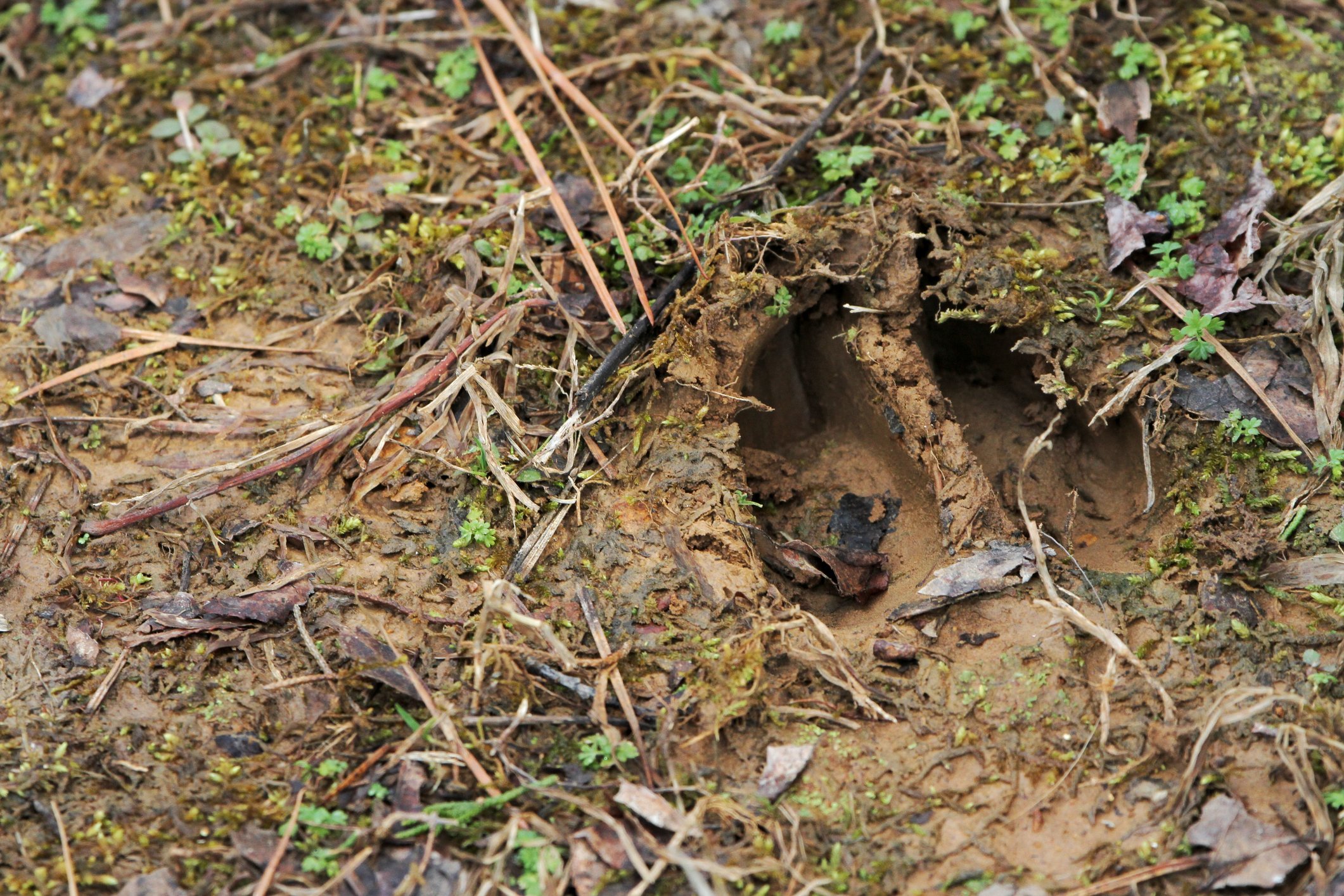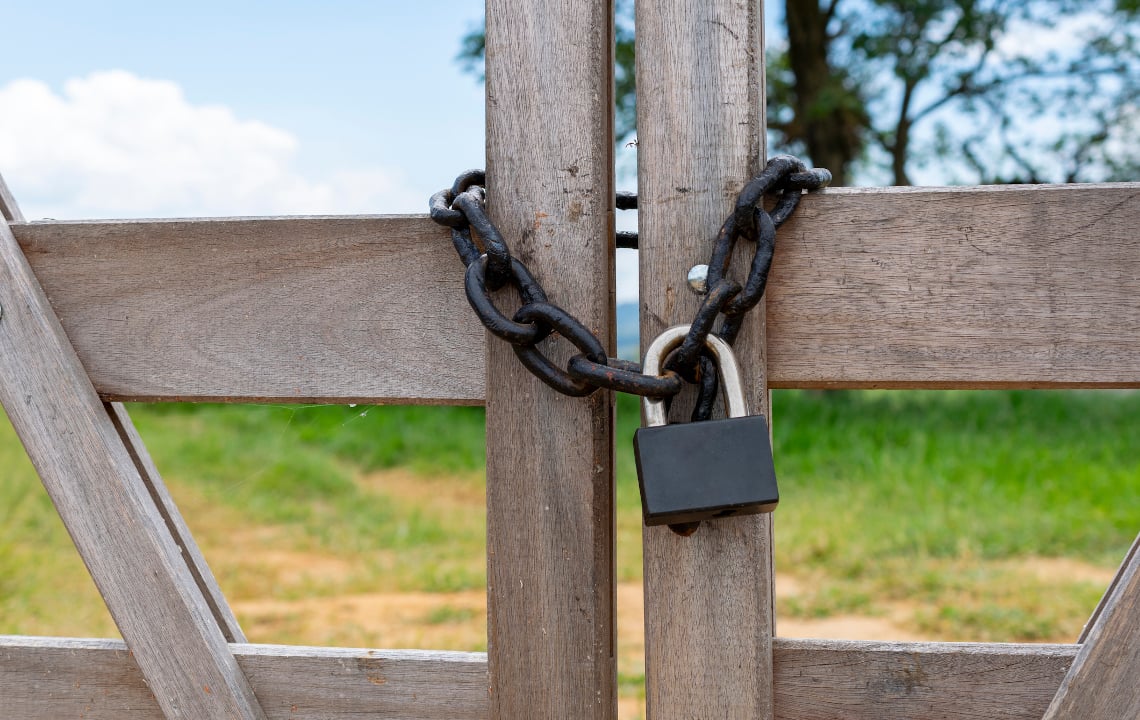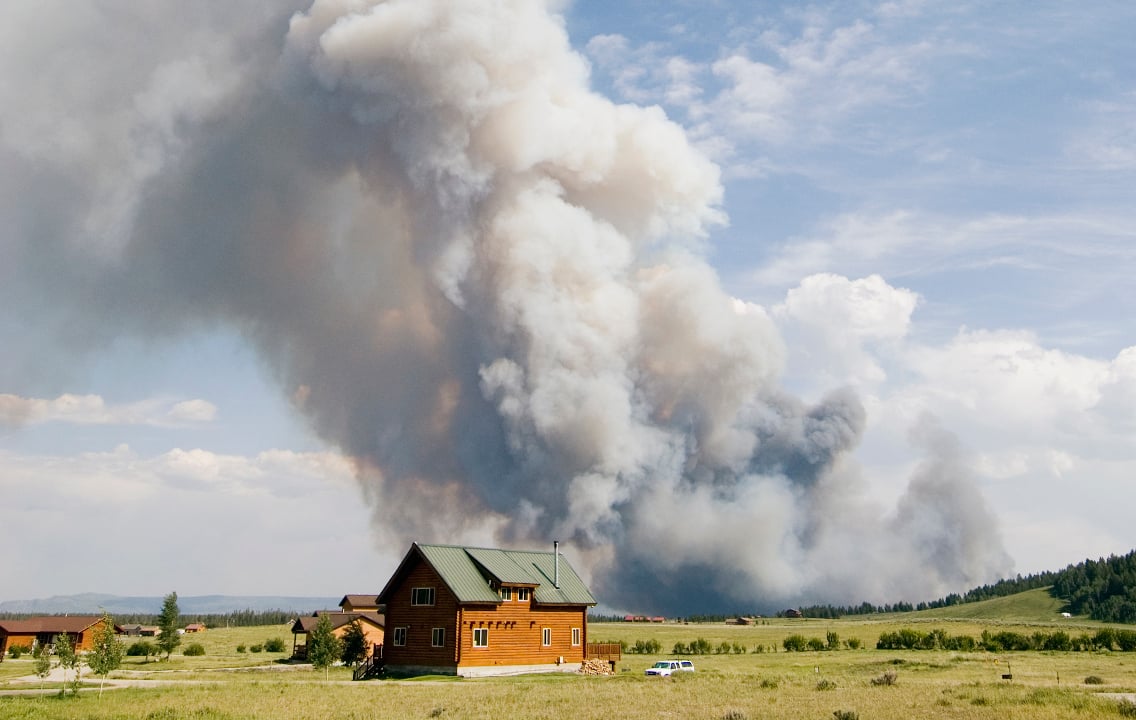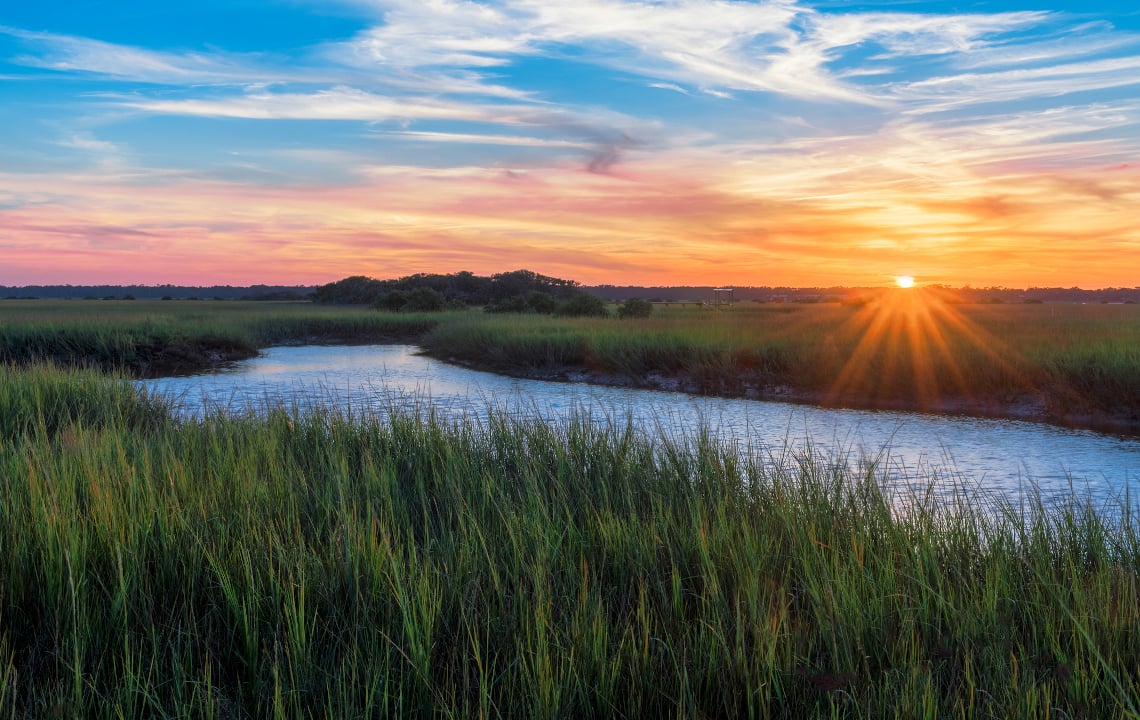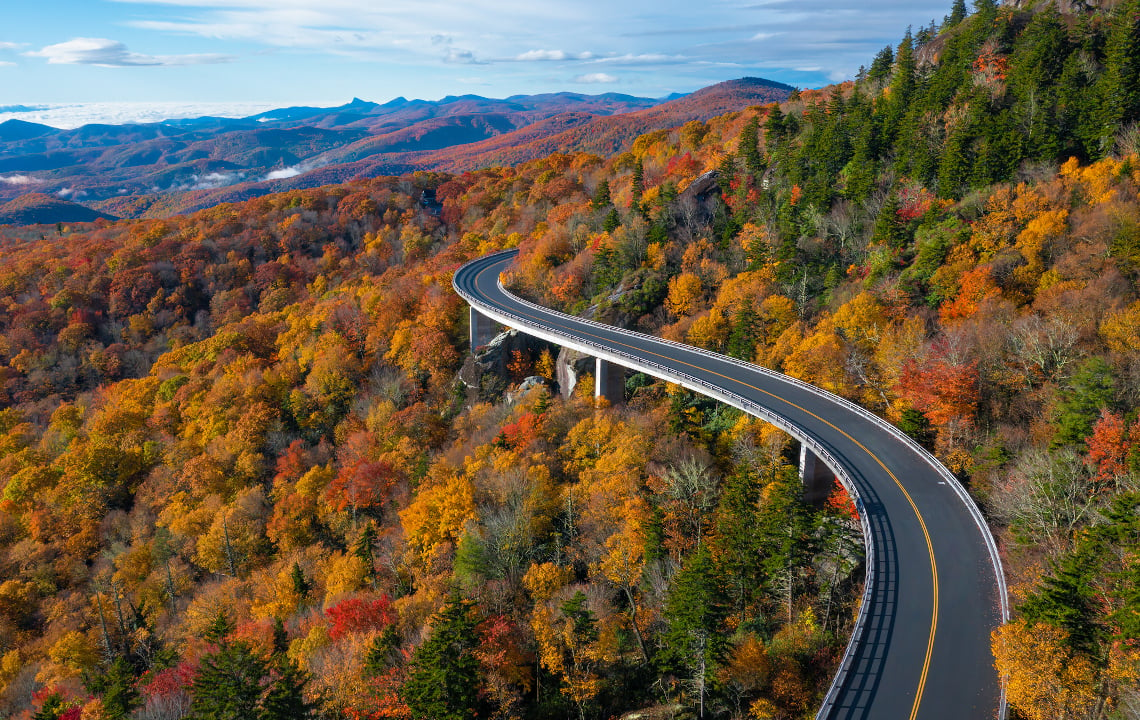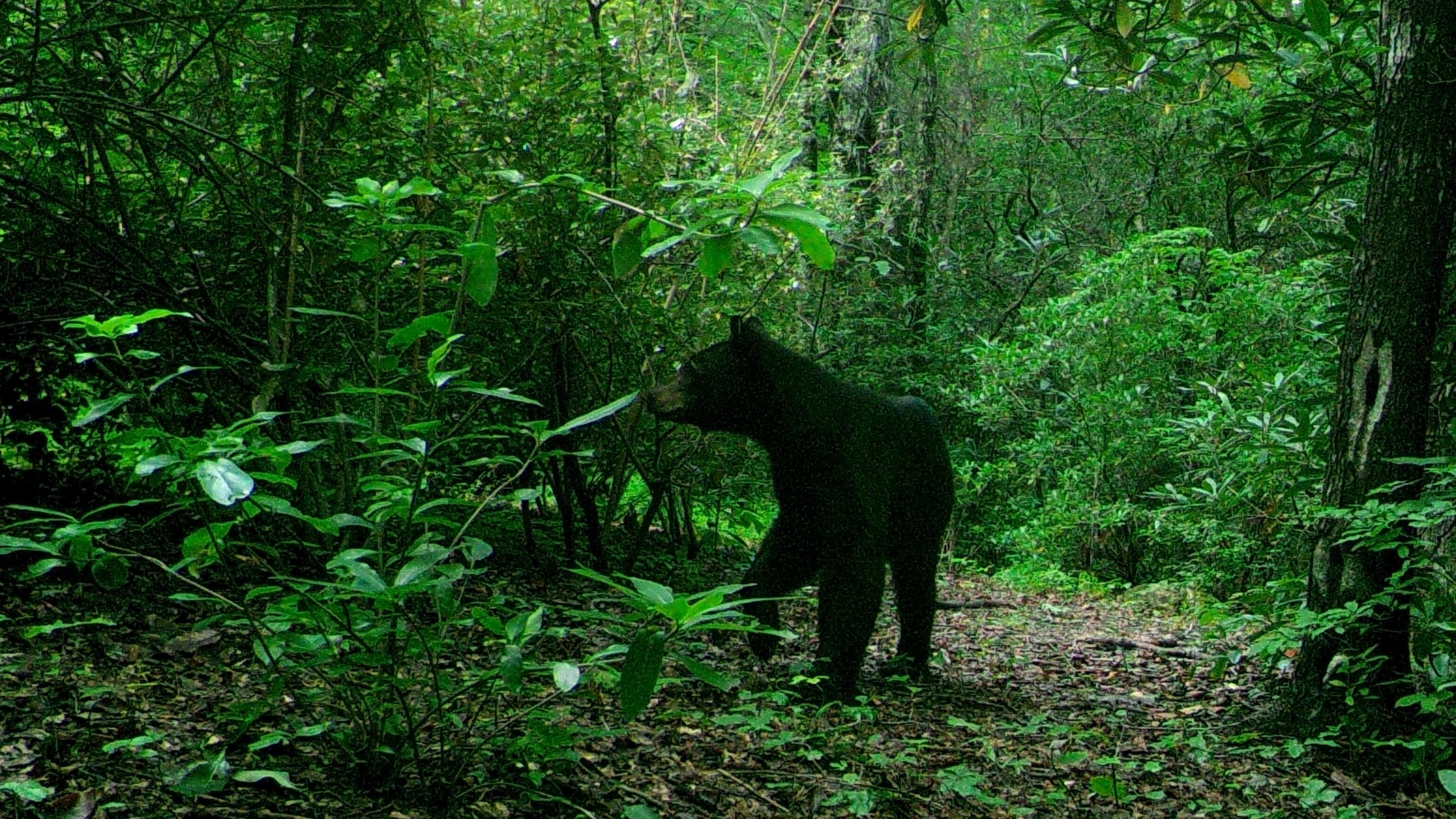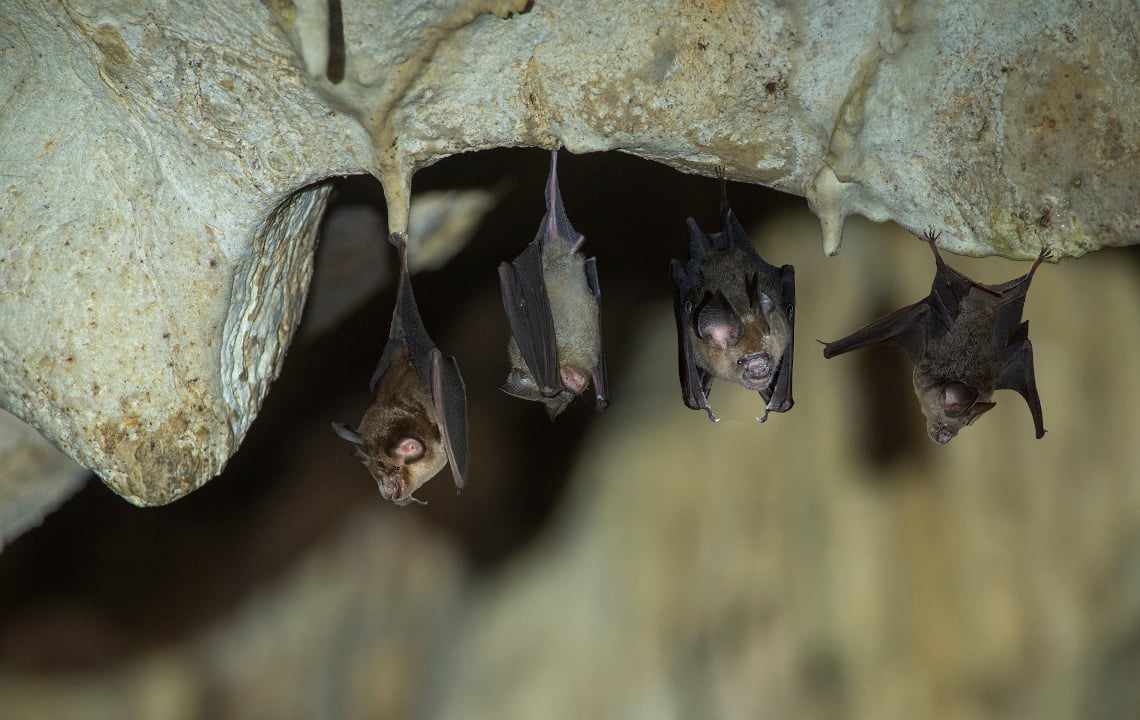We can ignore our lawns and hope for the best as the cooler weather approaches, but come spring, we may regret that decision. There are a few basic tips that will assure a healthy, beautiful lawn next spring.As fall approaches, we get involved in readying our kids for "back to school", supporting our favorite college or NFL football teams and a million other things that are important to us. And as the temperatures begin to cool down, there is that wonderful sense of relief that grass cutting season is finally over.
What we often forget, is our lawns have needs that must be met in the fall if they are to have the appearance we desire next spring.
5 Essential Fall Lawn Care Practices Include:
- Fertilization
- De-thatching
- Aeration/over-seeding
- Application of weed killers for fall/winter
- Application of weed killers for pre-emergent weed control in late winter/early spring
Should You DIY or Call in the Pros?
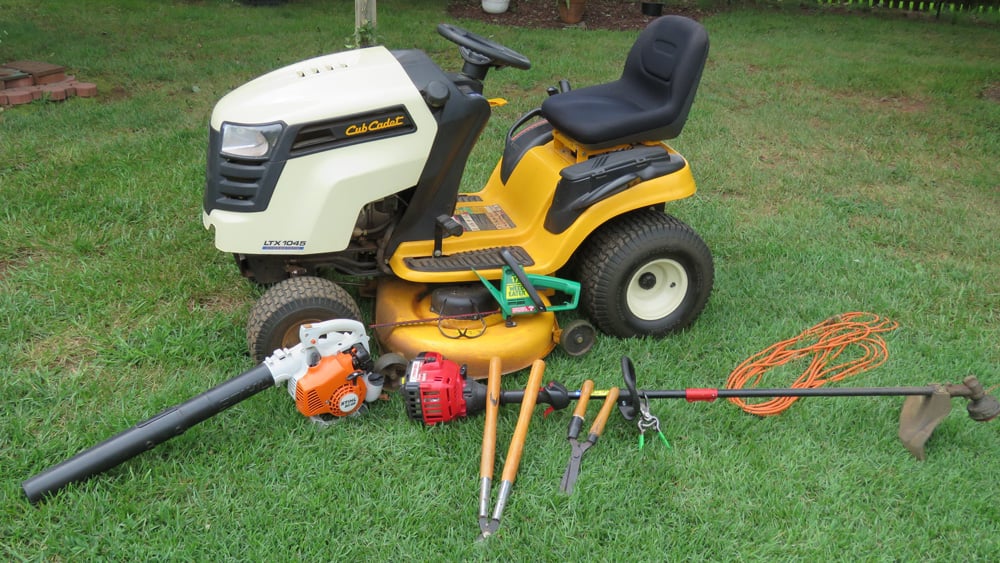
If you are not a DIY person, you may want to contract with a company that specializes in lawn care, however you will still need to be familiar with the various aspects in order to specify what type of services your lawn requires.
Plus, all companies are not equal, and to be sure you are receiving full value for your money, it pays to be knowledgeable.
Different types of lawns require different kinds of fall lawn care
Regardless of whether you have an established lawn or are selecting a type of grass for a future lawn, it is important to understand the attributes of the different grasses available. It should be one that is suited to your climate and lifestyle.
Here are a few considerations:
- Climate requirements
- Shade tolerance
- Water requirements
- Fertilization requirements
- Wearability
- Recommended mowing height
To figure out what type of fall care your lawn requires, let’s consider some of the attributes and weaknesses of different grasses.
Southern climates would be more suitable for a wide range of grasses, but if you have a lot of trees and shrubs, shade would be a consideration.
Let’s look at two examples of southern grasses to start: St. Augustine and Centipede.
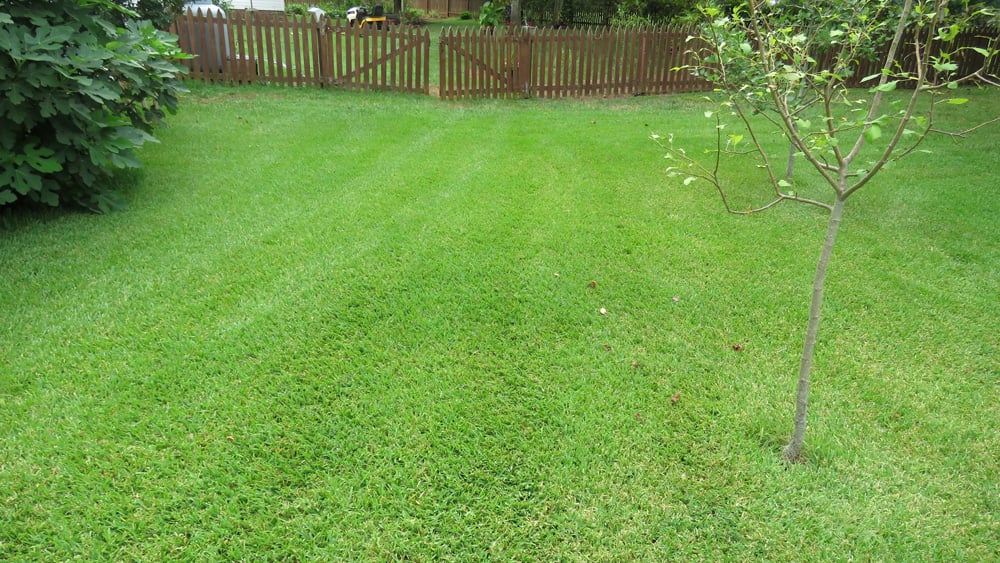
St. Augustine is very tolerant of shade, but wearability is poor, fertilization requirements are high and water needs are high. Based on these attributes, it would be good for a low traffic, shady area. On the down side, it builds up a heavy thatch and is dormant in areas where frost occurs in winter.
Centipede is low maintenance, although shade tolerance is poor. It requires less fertilization and wearability is not great. Centipede might be more resistant to disease, but not great for shady areas. Both become dormant in cold weather.
Zoysia is another good grass for southern lawns. It is tough (good wearability), exhibits good drought and heat tolerance, low fertilization needs, fairly disease free and not great in shade, but better than bermuda. It is also prone to dormancy in colder temperatures.
Bermuda is another tough grass. It also becomes dormant in cold weather and is not tolerant of shade. Fertilization requirements are high. This grass will withstand high traffic and look good with minimal maintenance.
Fescue is a good choice in cooler climates. It will stay green throughout the year and has low to medium fertilization requirements. It tends to clump and needs to be cut higher than other grasses. Wearability is poor to fair, depending on the variety. Heavy seeding may be required to establish a nice lawn.
Rye is most suited for over-seeding of warm weather grasses in southern climates. Improved varieties are more cold tolerant, but frost may damage this grass.
Mowing height recommendations for the various grasses varies by species.
Some grasses, such as bermuda, have stems or stolons that grow horizontally and can tolerate being cut as low as 1/2”. Cool weather grasses, such as fescue grow upright and are better cut at 1” to 3”, depending on the season.
It is good to cut lawns higher in hot weather and lower in cool weather, and is a good practice to never remove more than 1/3 of the total grass height at one cutting.
Now that we have discussed the various grass types, here are some tips to ensure a healthy lawn come spring
As noted above, there is a wide amount of variance in the fertilization requirements for different grasses.
Fertilization is a year-round requirement for a healthy lawn
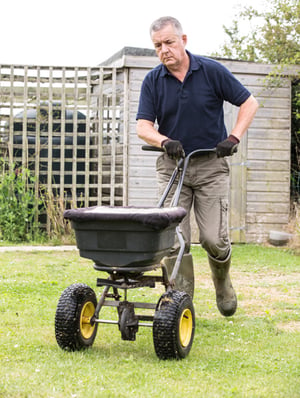
In order to assure good growth of the grass, fertilizer should be applied throughout the growing season, but just because the temperature begins to drop does not mean you should avoid fertilizing in the fall.
In September/October, apply the recommended amount for your grass species and it will help to establish a strong root system to assure maximum survival of grass throughout the winter season.
Dethatching may be required for some lawns
Thatch is the accumulation of debris, grass clippings, stems and roots. A little thatch may actually be beneficial, but an excess amount will create a barrier to water, fertilizer and weed killers.
Grass clippings can add nutrients to the soil when grass is cut often, but heavy build up of clippings can contribute to problems with thatch. Also, accumulation of clippings due to infrequent cutting can cause suffocation of grass, in addition to being unsightly.
Bermuda and Zoysia are some of the worst offenders for thatch build-up. Too much accumulation of thatch will cause scalping and unsightly appearance when grass is mowed.
Some tips for optimal grass cutting to prevent thatch build-up include:
- Do not cut when wet
- Avoid scalping
- Don’t make sharp turns, as this will cause uneven levels
- Pick up debris prior to cutting (rock, limbs, etc.)
- Follow different cutting patterns to avoid compaction and unsightly wear patterns
- Keep mower blades sharp
- Consider reel type mowers for low cuts on bermuda and zoysia
- Never remove more than 1/3 of total grass height at one cutting
How to know if your lawn needs dethatching
Examine the lawn in several places. If it exhibits dense growth build up, it will probably need dethatching.
Thatch may reach the point where grass seed will sprout in the thatch and roots will not reach the soil. It will quickly die when dry conditions exist.
How to dethatch your lawn
Small lawns may be dethatched by hand with special hand rakes with blades rather than steel teeth. If the lawn is expansive, special blades can be placed on mowers to remove thatch, or rental equipment may be reserved to do the job.
It is possible thatch may build up to the point that water, seed or fertilizer is not reaching the soil. Eventually the lawn suffers and the appearance is poor due to build up.
Fall is the Perfect Time to Aerate
Aeration involves using a piece of equipment that punches small cores from the soil which allows water, seed and fertilizer to enter the soil.
Aerators may be purchased or rented and can be pulled behind most riding mowers.
This practice improves fertilization, overseeding and absorption of water.
Now is the time to get ahead of spring weeds
If we are to have beautiful lawns, it is necessary to discourage weed growth.
Many broadleaf weeds and grasses are unsightly and some will shade out the surrounding grass and eventually kill it. Clover will produce unattractive blooms that will spoil lawn appearance, and will also shade out grass if not treated.
Weed killers need to be sprayed on the lawn throughout the growing season, but especially in the late summer for post-emergent weeds and in late winter or early spring for pre-emergent weeds.
The pre-emergent spray will kill the seeds and prevent them from germinating and breaking through the soil in the spring.
If you have pets or young children, and/or are generally concerned about the safety of conventional weed killers, there are many effective non-toxic options available—either as do-it-yourself recipes or organic/biodegradable products.
If you want a beautiful lawn next year now is the time to put in the effort. By utilizing these tips you’ll save yourself a ton of headaches down the road, and be rewarded with a lush green landscape come spring.


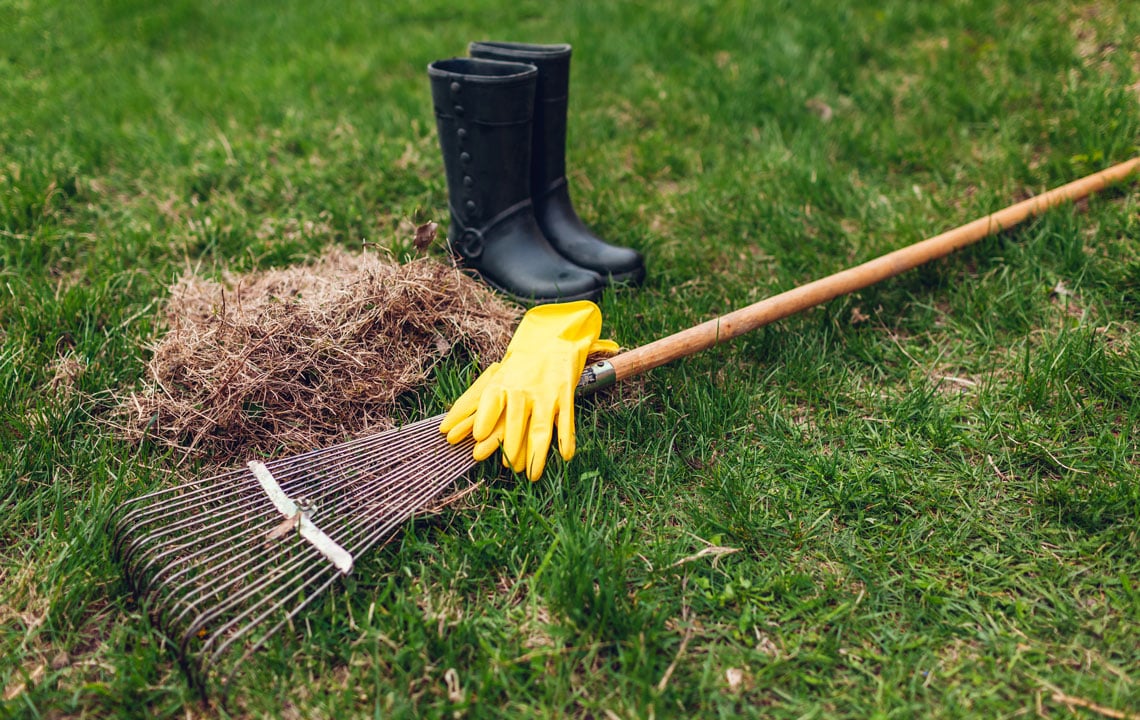
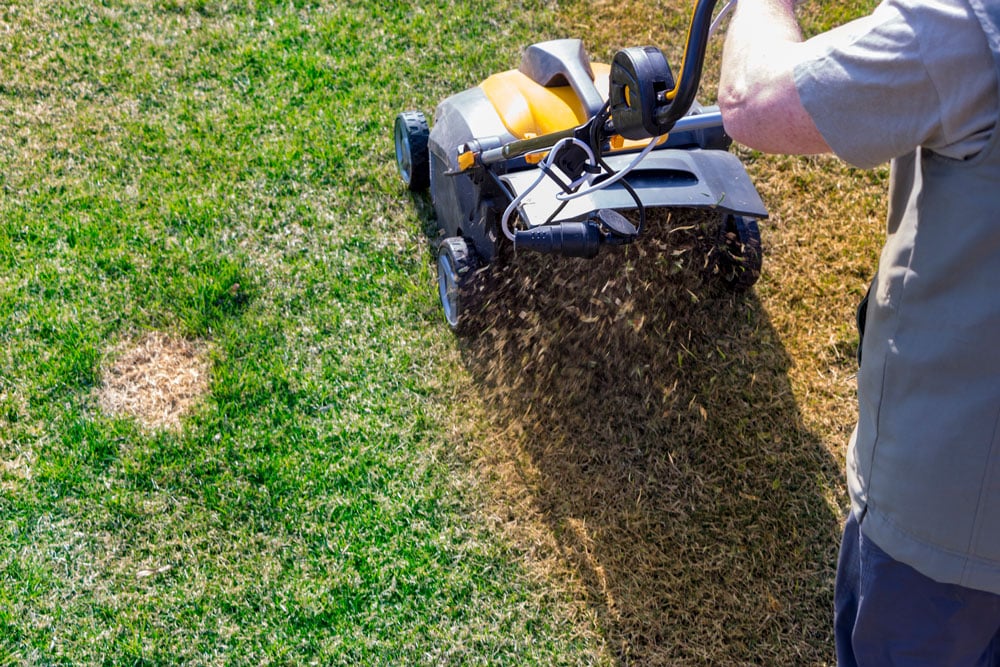

.jpg)






